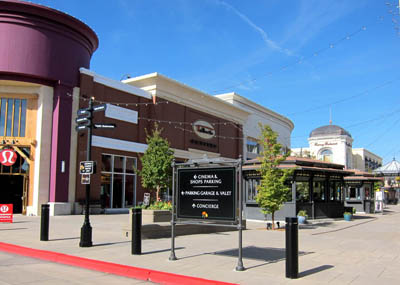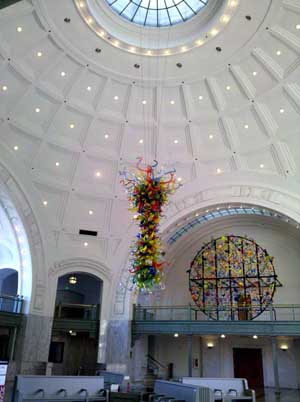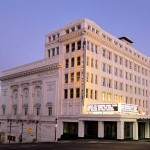
The American middle class paradigm is this: once you have children, you move to the suburbs and obtain a three bedroom house, a yard, the dog, two kids, and a commute.
I am very curious to see what happens to the younger dual-income-no-kids set that has flocked to our urban cores when … well, when they have some tykes of their own.
Will these middle class urbanites remain in high-rise/mid-rise living units? Will smaller spaces encourage fewer children per household? Will American middle class children return to sharing rooms with their siblings.
What I see now in Portland’s urban core is a few more families than I did before the recession. In my anecdotal observations, I have noted two trends: 1) apartments with younger partners and a single baby; and, 2) slightly older, divorced single-parent households with multiple children that have a wider age range.
I notice these things now because my family of four has gone from living in a residential neighborhood to an urban center, and it has been an interesting journey.
Beginning in 2007, we spent a year divesting ourselves of our yard maintenance implements, cars, a business, a house, and an embarrassingly big garage sale full of prized personal possessions.
Then we moved to Buenos Aires for 14 months, during which time we lived in four high-rise apartments. In an attempt to get closer to our daughters’ school, we stepped down from living quarters with about 1,600 square feet, to an apartment of roughly 950 square feet. I have to say, before we left on this trip, if you had told me that my little family of four could live, happily and relatively easily, in 950 SF without us killing each other — well, I would have been skeptical.
It turned out that my husband and I adored not owning a car and we enjoyed dense urban living with our kids. And, as our return to the US approached, the thought of living in a 3 bedroom house and filling it with stuff once again was very unappealing. Not to mention our distaste for living somewhere that required we have a vehicle.
So, we returned to Portland and started a grand experiment. We chose to rent a unit in a high-rise building with two bedrooms, so yes, my daughters are sharing a room. We chose our location so they could attend neighborhood schools on public transportation and/or the school bus. And, we use the plentiful selection of nearby Zipcars as our ancillary vehicle when public transportation, or our feet, don’t get us where we need to go.
Now, I can tell you that living without a car and not owning a house earn us a lot of strange looks on the soccer parent circuit. But, we don’t have to fix a dang thing when something in the apartment breaks, we don’t have to change the oil in our car, and it takes no time to straighten the place.
So far, so good.








